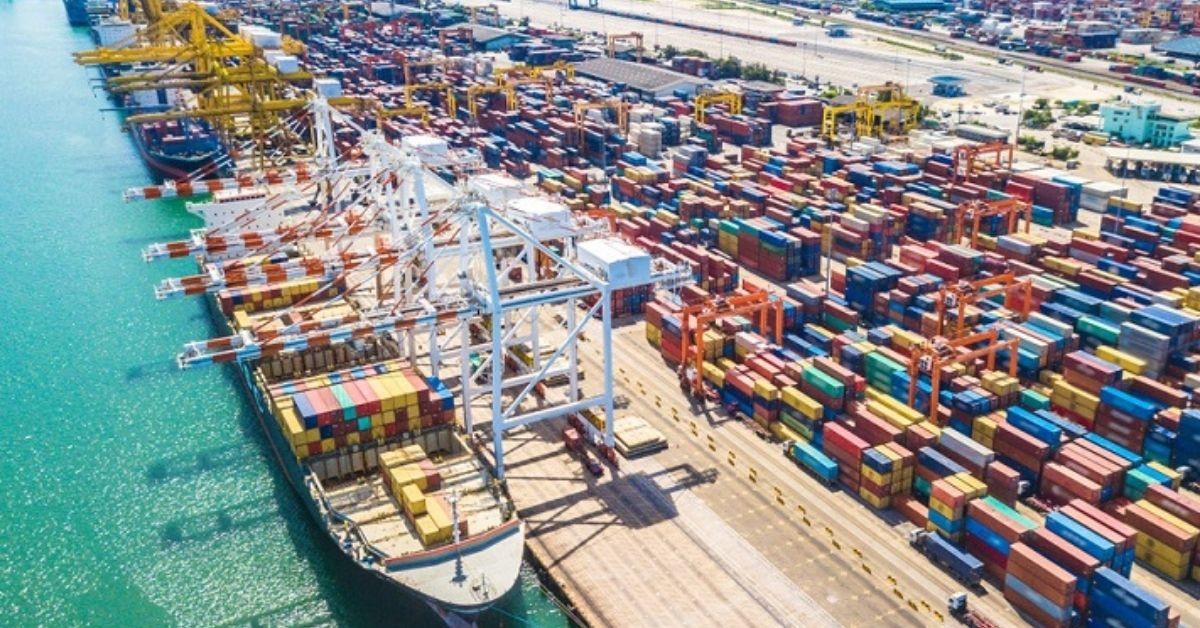Recent media reports suggest that the Belgian cities of Antwerp and Bruges have decided in principle to merge into one, a new port authority for the coastal port of Zeebrugge and the larger, more inland port of Antwerp. While Zeebrugge is a leading ro-ro port and a natural gas hub, Antwerp is the second largest port in Europe, providing multiple multimodal connections to the rest of Europe via road, rail, barge and feeder services. As a result, it is a major hub across a range of cargo types – container, chemicals and break bulk. A merger of Belgium’s two largest port authorities will have positive cost implications.
The unification is subject to clearance from authorities and, if it goes through, the combined port will rank a close second to Europe’s largest container hub, Rotterdam. As part of a joint plan, the two ports have defined three strategic priorities – sustainable growth, resilience and leadership in energy and digital transition. After the completion of the deal, the city of Antwerp will own ~80% of the new company, with the city of Bruges controlling the remaining ~20% share.
This planned merger follows an emerging global trend. In 2019, COSCO Shipping Ports announced the signing of a merger agreement with Tianjin Port Holdings and China Merchants International Terminals, consolidating a number of major terminal facilities in China.
The planned regionalisation of ports (region-wise consolidation) in China aims to rationalise capacity planning and reduce damaging competition between neighbouring ports. China now has 9 ports in the global top 25, compared to 11 two years ago. Another deal delivered as part of China’s regionalisation strategy was the July 2020 acquisition of Yingkou Port by Liaoning Port Company (previously known as Dalian Port Company). This all-scrip deal was worth USD 2.39bn (EV/EBITDA of 7.6x vs a long-term average of 11x).
Strategically the deal is focussed on strengthening Liaoning Port’s status as a major gateway port in northeast China. According to the latest figures issued by China’s Ministry of Transport, Port of Dalian has registered an annual decline of 41.7% in volumes to adjust the overstatement of throughput in 2020 as well as volumes shifting to nearby Yingkou Port. Liaoning Port Company’s acquisition of Yingkou Port should help balance-out some of these inter-regional shifts in throughput.
In another deal, Adani Ports and Special Economic Zones (APSEZ) acquired a controlling stake of 75% in Krishnapatnam Ports Company Ltd (KPCL) for USD 1.6bn (equivalent to an EV/EBITDA multiple of 10x). KPCL is a multi-cargo facility port situated in the southern part of Andhra Pradesh, a state which has the second longest coastline in India. The acquisition should accelerate APSEZ towards 500 million metric tonnes per annum by 2025 and is another step in implementing the company’s stated strategy of achieving cargo parity between west and east coasts of India. This latest addition to the portfolio complements Adani’s existing investments in Ennore and Kattupalli, strengthening its market position and control.
From the valuation standpoint, the recent up-move highlights increased M&A activity in the sector. However, despite this increase, valuation remained below the long-term average, showcasing the possible acquisition opportunities.
Source : Ajot







